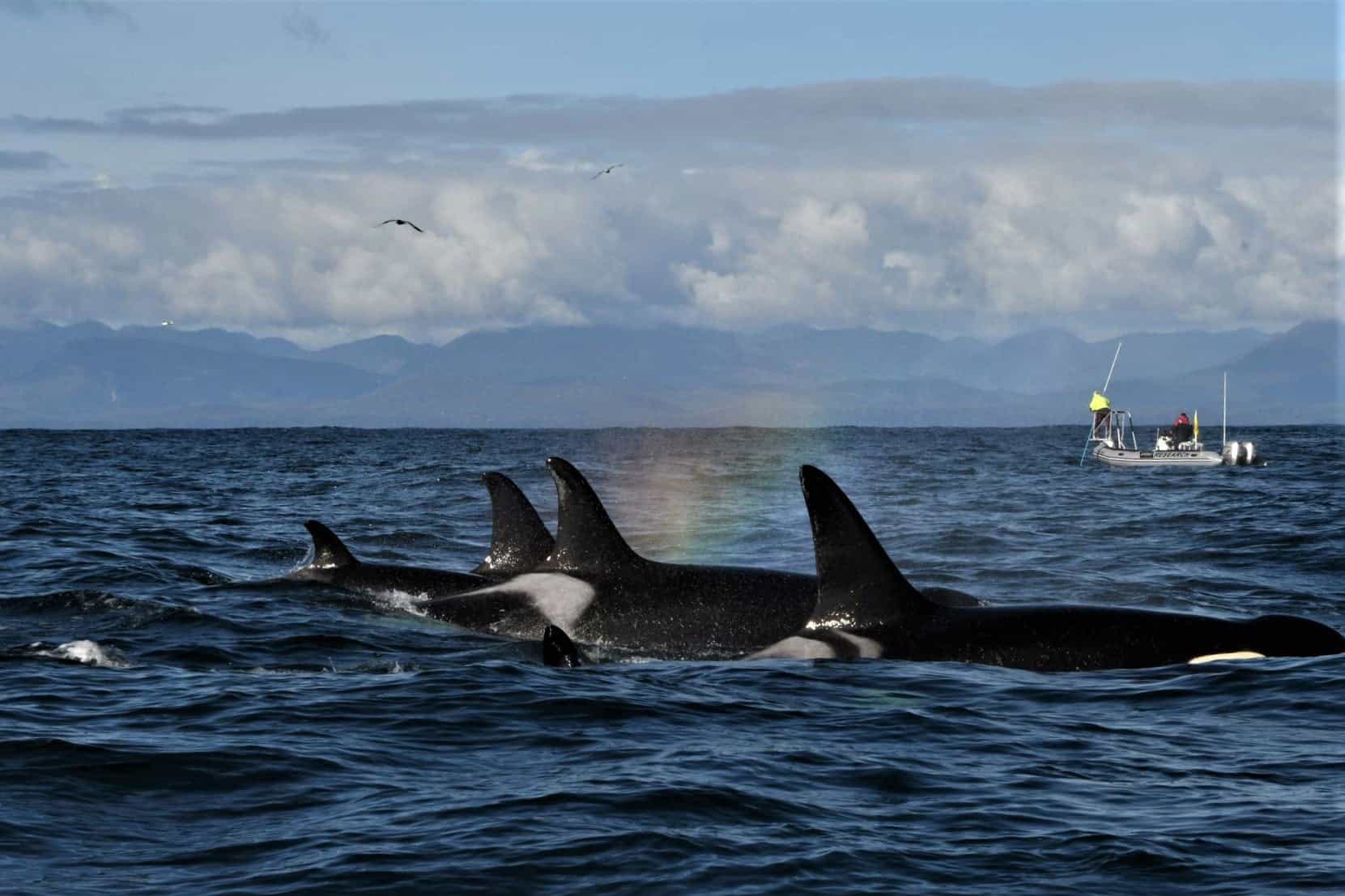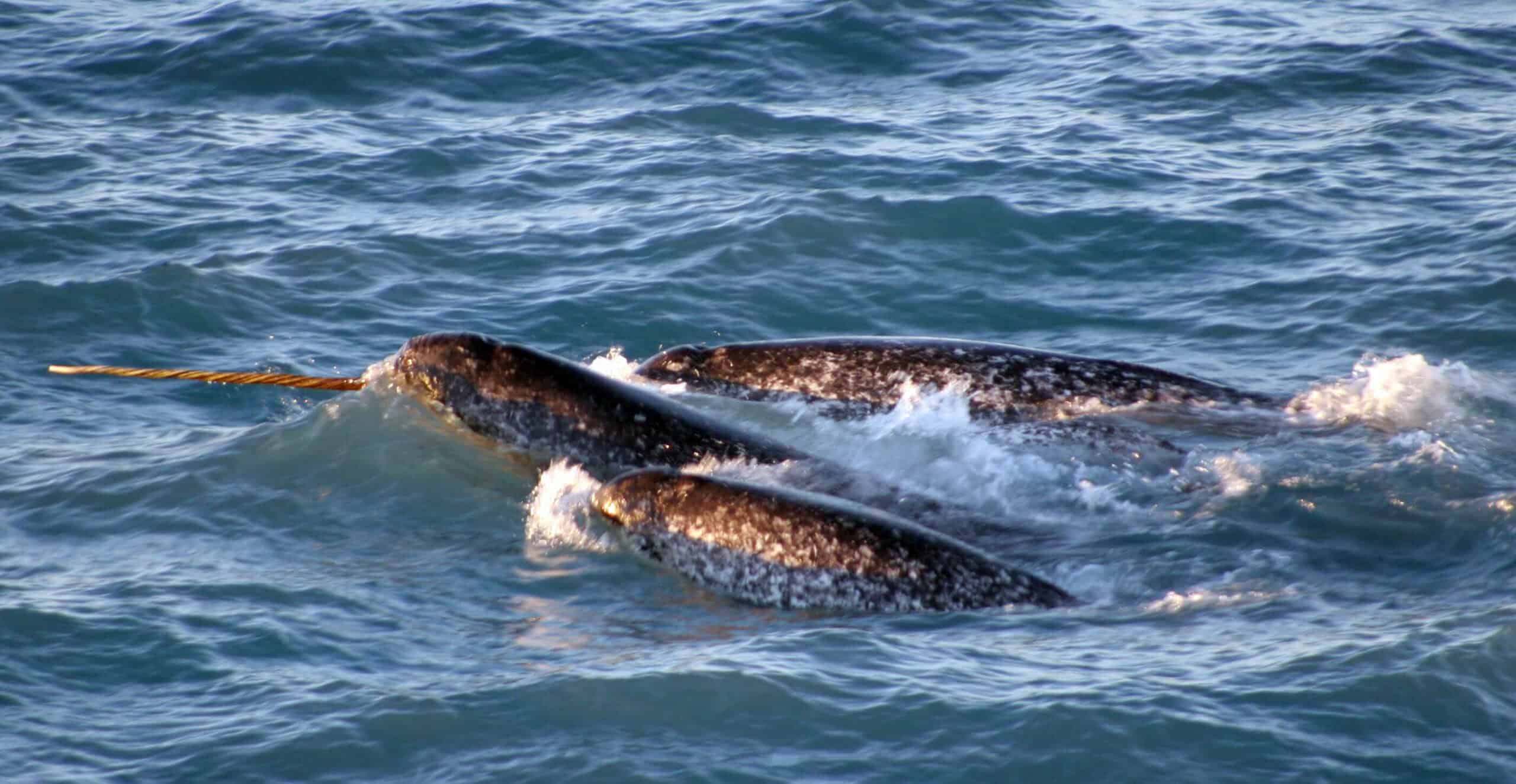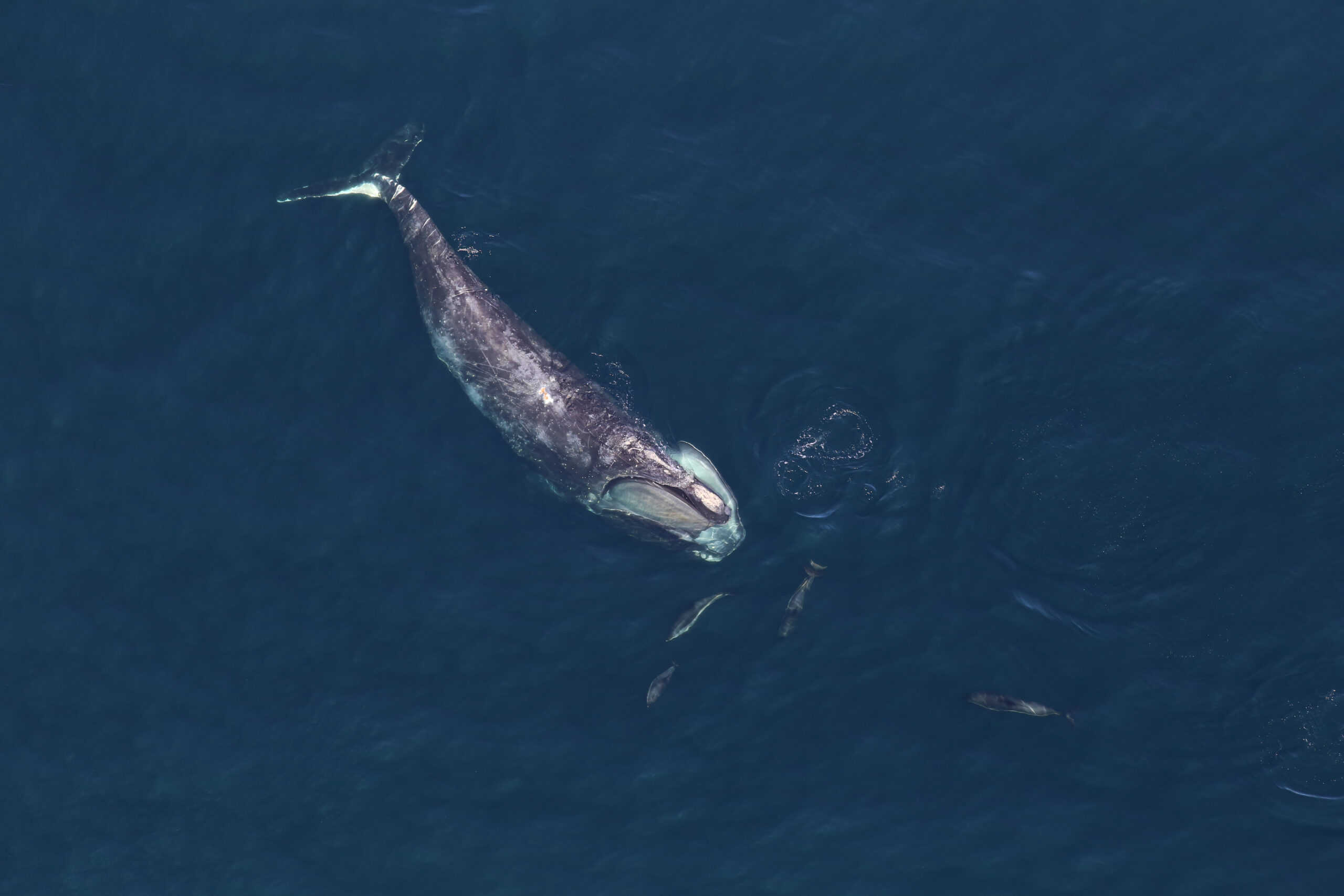Share this article
Wildlife Featured in this article
- Killer whale
- Bigg's killerwhale
Researchers say two killer whale groups are different species
Resident and transient killer whales overlap but don’t mix
Resident and transient killer whales often overlap in the Pacific off the West Coast of North America, but they don’t interact. Now, researchers believe the two aren’t just different populations. They’re different species.
In a study published in Royal Society Open Science, researchers determined they should be divided between resident killer whales (Orcinus ater) and Bigg’s killer whales (Orcinus rectipinnus), named for Michael Bigg, the Canadian scientist who first noted differences between the two in the 1970s.
The scientists found that resident killer whales travel in tight-knit family pods and eat smaller prey, like fish, and they have smaller skulls designed for that. Bigg’s killer whales travel in small groups and have larger skulls, allowing them to prey on seals and whales.
“They’re the most different killer whales in the world, and they live right next to each other and see each other all the time,” said Barbara Taylor, a former National Oceanic and Atmospheric Administration Fisheries marine mammal biologist who was part of the science panel that assessed the status of southern resident killer whales. “They just do not mix.”
Southern resident killer whales are listed as endangered.
The Taxonomy Committee of the Society of Marine Mammalogy is expected to decide if it will recognize the new species this summer.
Header Image: Southern resident killer whales appear near the west end of the Strait of Juna de Fuca. Credit: NOAA Fisheries/Brad Hanson








